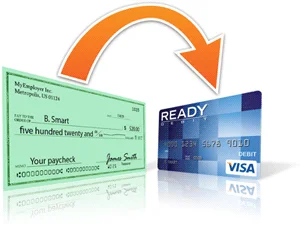$2000 IRS Direct Deposit: Fact vs. Fiction
Generated Title: Trump's $2000 Tariff Dream: Fantasy or Fiscal Fact?
The Numbers Game
Okay, let's cut the crap. The headlines are screaming about a potential $2,000 stimulus check in November 2025, courtesy of Trump's "tariff dividend" plan. The idea is that revenue from tariffs—taxes on imported goods—would be redistributed to Americans. It sounds great, right? Free money! But as usual, the devil's in the details, and the details are buried under a mountain of political rhetoric.
First, the facts: No new federal stimulus checks are authorized for November 2025. Congress hasn't passed anything, and the IRS hasn't confirmed anything. (And let's be clear, the IRS confirming something is about as likely as finding a unicorn riding a skateboard.) What we do have is Trump floating this idea on Truth Social. That’s it.
Now, Trump claims a dividend of "at least $2,000 a person (not including high income people!) will be paid to everyone." He also says that leftover funds will go toward paying down the national debt. Ambitious, to say the least. But let's do some quick back-of-the-envelope math.
The US Treasury says the Trump administration collected over $220 billion in tariff revenue. The IRS reported over 163 million tax returns filed in 2024. Even if we exclude "high income people" (definition conveniently left vague), let's assume 150 million adults qualify. That's $300 billion needed for the checks alone, according to Erica York, vice president of federal tax policy at the Tax Foundation, in a post on X. That’s more than the total tariff revenue collected. Where’s the extra money coming from? (Maybe he plans to sell Mar-a-Lago?)
Reality Bites
Secretary Bessent threw cold water on the idea, mentioning that the "$2,000 payment 'could come in lots of forms,' including making up for lost revenue from not taxing tips, overtime and Social Security payments." Classic politician speak for "don't hold your breath."
I've seen enough of these proposals to know that the gap between announcement and execution can be wider than the Grand Canyon. (Remember that infrastructure week that never happened?)

What about the legal angle? The Supreme Court might not be too keen on Trump's use of emergency powers to impose tariffs. If they rule against him, that could mean refunding $100 billion to businesses. So, less money for the people.
And let's not forget, Congress controls the purse strings. Any stimulus check requires their approval. With a deeply divided Congress, passing something like this would be a political bloodbath.
Here's the part that I find genuinely concerning: the IRS warnings about scams. These vultures are already circling, sending fake emails and texts promising stimulus payments if you just hand over your bank details and Social Security number. The IRS never initiates contact through those channels. They send a letter. Remember that.
I was grabbing coffee the other day, and overheard a couple of guys excitedly talking about this "$2000 federal direct deposit irs" payment. They were already planning how to spend it. That's the real danger here: false hope leading to disappointment, and potentially, falling victim to scams.
Smoke and Mirrors Math
So, what's the real takeaway? This isn't a concrete plan. It's a proposal—a suggestion—floated on social media. It’s about as solid as a cloud made of cotton candy. The numbers don't add up, the legal hurdles are significant, and the political landscape is treacherous.
And one final point, the last stimulus checks came in 2021. Those payments went out automatically from December 2024 to January 2025 to eligible people who did not claim the recovery rebate credit on their 2021 tax returns. The maximum payment for this credit was $1,400 per individual.
